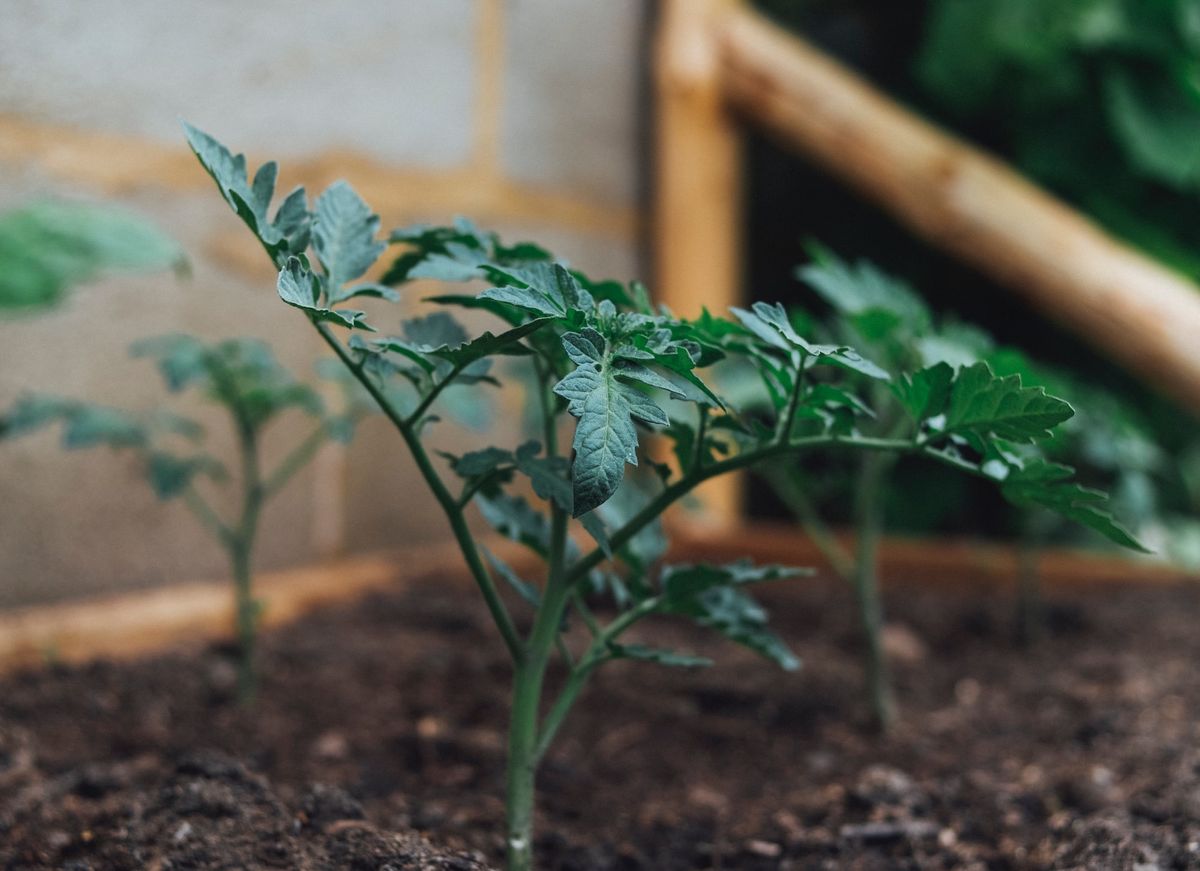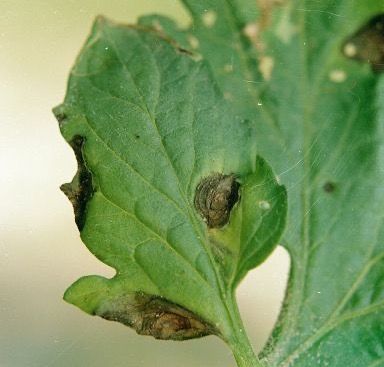Blight on Tomato Plants
Early blight is a common disease that affects tomato plants, causing dark spots on leaves and ruining fruit. This article will guide you through identifying the symptoms, treating affected plants, and preventative measures to keep early blight at bay.

Identifying Early Blight in Tomatoes
You're out in your garden, tending to your beloved tomato plants, and you notice something disheartening: dark circles on the leaves.
Identifying whether these symptoms point to early blight, a fungal disease that can seriously affect your tomato yield.

Early blight is caused by the fungus Alternaria solani. When you see yellow patches on the leaves, followed by dark brown concentric circles, you're probably dealing with early blight.
These circles can grow in size and eventually cause the leaf to die. The disease progresses from the lower leaves upwards, and you might even see similar spots appearing on the stem and fruit.
Treating Early Blight in Tomatoes
Now that you've identified the problem, it's time to take action. The goal is to stop the disease from spreading and save as much of the plant as possible.
Here are some steps you can follow to treat early blight.
Prune Affected Leaves
Your first line of defense is to prune the affected leaves carefully.
Wash your pruning shears in a 10% bleach solution between each cut to avoid spreading the fungus.
Dispose of the pruned leaves in a sealed plastic bag; do not compost them, as this will spread the spores.
Fungicidal Spray
Fungicides containing copper or chlorothalonil can be effective in treating early blight.
Follow the instructions on the label for application rates and frequencies.
Ensure you cover all parts of the plant, especially the lower leaves, which are more susceptible to the disease.
Watering Techniques
The way you water the plants can affect the spread of early blight.
Avoid overhead watering, which causes the fungal spores to splash onto neighboring plants. Instead, water at the base of the plant to keep the leaves dry.
Strengthening the Plant
Alongside the fungicidal treatments, think about how to strengthen your plant to fight off the disease.
Feeding your tomato plants a balanced fertilizer can help them better withstand the effects of early blight.
You might also consider using organic amendments like compost tea to boost the plant's immune system.
Preventing Early Blight in Tomatoes
The saying goes, "An ounce of prevention is worth a pound of cure," especially regarding early blight.
You want to do everything you can to prevent this disease from showing up in the first place.
Crop Rotation
One of the most effective preventative measures is crop rotation.
If you've dealt with early blight before, do not plant tomatoes in the same soil for at least three years. This will help to break the cycle of the disease.
Proper Spacing
When planting your tomato seedlings, make sure you space them adequately.
Crowded plants create a humid environment that is conducive to the growth of fungus. A good rule of thumb is to space plants at least 2-3 feet apart.
Use Resistant Varieties
Some tomato varieties are bred to be more resistant to early blight. Look for labels that mention disease resistance and consider planting these as part of your prevention strategy.
Mulching
Applying a thick layer of organic mulch around the base of your tomato plants can help prevent spores in the soil from splashing onto the leaves.
Straw or wood chips are good options for mulching.
Monitoring
Stay vigilant and regularly inspect your tomato plants for signs of early blight, especially during warm, humid conditions when the disease thrives.
The earlier you catch it, the easier it will be to manage.
So, there you have it, folks. Early blight can dampen when looking forward to a juicy tomato harvest.
But knowing how to identify, treat, and prevent this disease can help you protect your garden and enjoy those delicious tomatoes.
Final Thoughts
It's essential to be proactive regarding early blight in tomatoes.
By taking timely measures to treat affected plants and adopting preventative steps, you can minimize the impact of this disease on your garden.
Watch for those telltale circles and take action before it's too late. Happy gardening!


